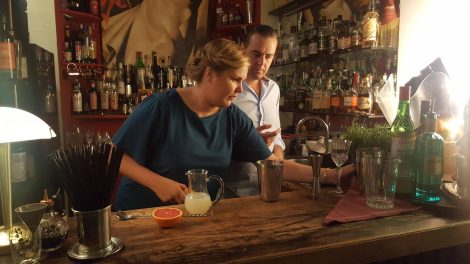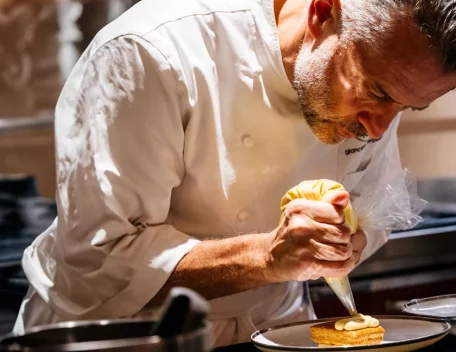While the Campania region proposes a law to establish the “Neapolitan Ragù Day,” aiming to preserve the tradition of one of the most typical recipes of Neapolitan cuisine, and the Bologna delegation of the Italian Academy of Cuisine submits an update to the recipe allowing the use of stock cubes in the list of ingredients, we want to delve into the much broader scene of Italian ragù recipes, which is much more varied than one might think.
The ragoût, the precursor stew, comes from France
The modern term derives from the French “ragoût,” which means 'to revive the taste.' Around 1300, with the Pope's transfer from Avignon to the Vatican and the arrival of the Angevins in Naples, the French method of cooking meat was passed down in the kitchens of these courts: not as a condiment but as a standalone dish, a stew made of meat or fish.
Naples and Bologna: the two twin (yet different) ragùs
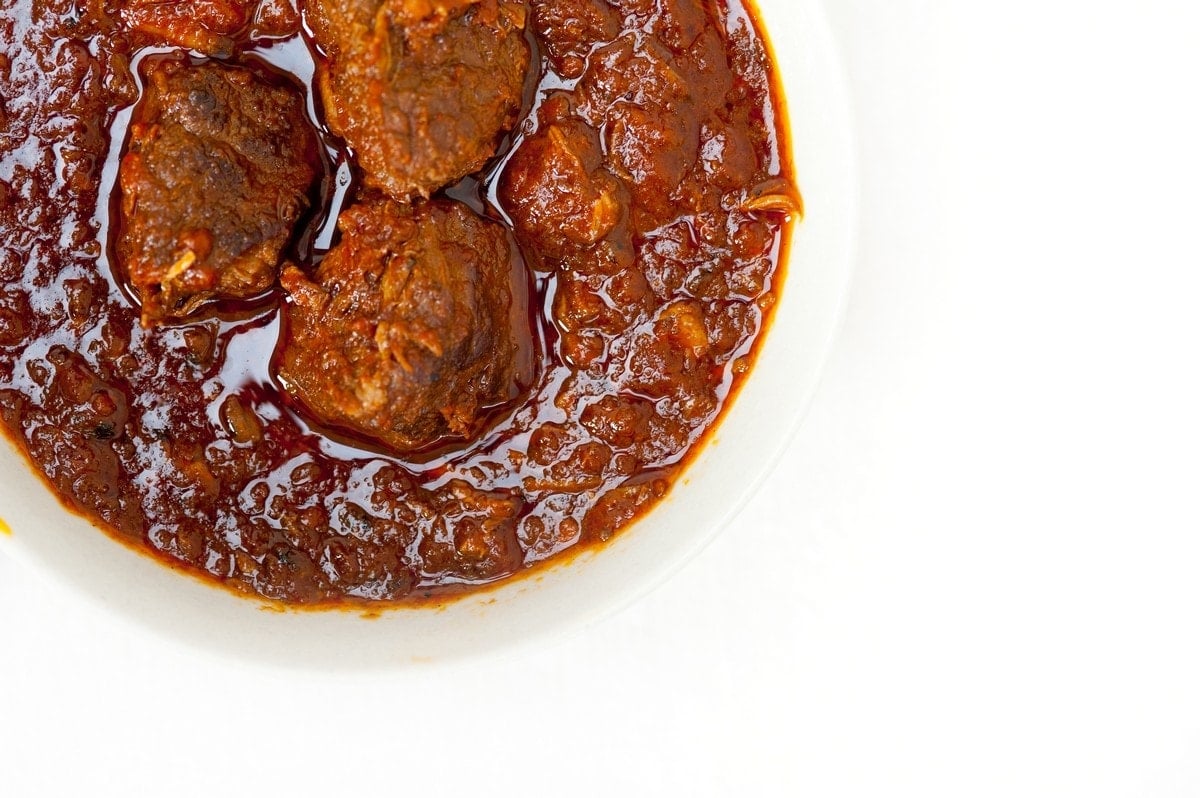
In the evolution of this dish, we find a beautiful coincidence. In the second half of the 18th century, Ferdinand IV of Bourbon on one side, and Luigi Chiaramonti, the bishop of Imola on the other, tasked their cooks with creating a dish inspired by the French dish. From their hands and in their kitchens, kilometers apart—one in Caserta and the other in Imola—the foundation of modern ragù was born, simultaneously. “Ragù isn't cooked, it's achieved; it's not a sauce but the story and poem of a sauce,” wrote Giuseppe Marotta in the 1940s in the book “L'oro di Napoli” (The Gold of Naples).
Neapolitan ragù is cooked over very low heat (it must “pipple,” meaning gently simmering to produce the sound similar to the puffing of a pipe) with a whole piece of meat such as beef chuck or a specific cut called “lacerto,” then pork riblets—known as “tracchiulelle”—and rolls of meat stuffed with pine nuts, raisins, garlic, parsley, and pecorino cheese, which cook in a sauce that, during the long cooking time (6 hours), becomes very concentrated, dark, thick, and creamy. After dressing the pasta, the meat serves as the main course.
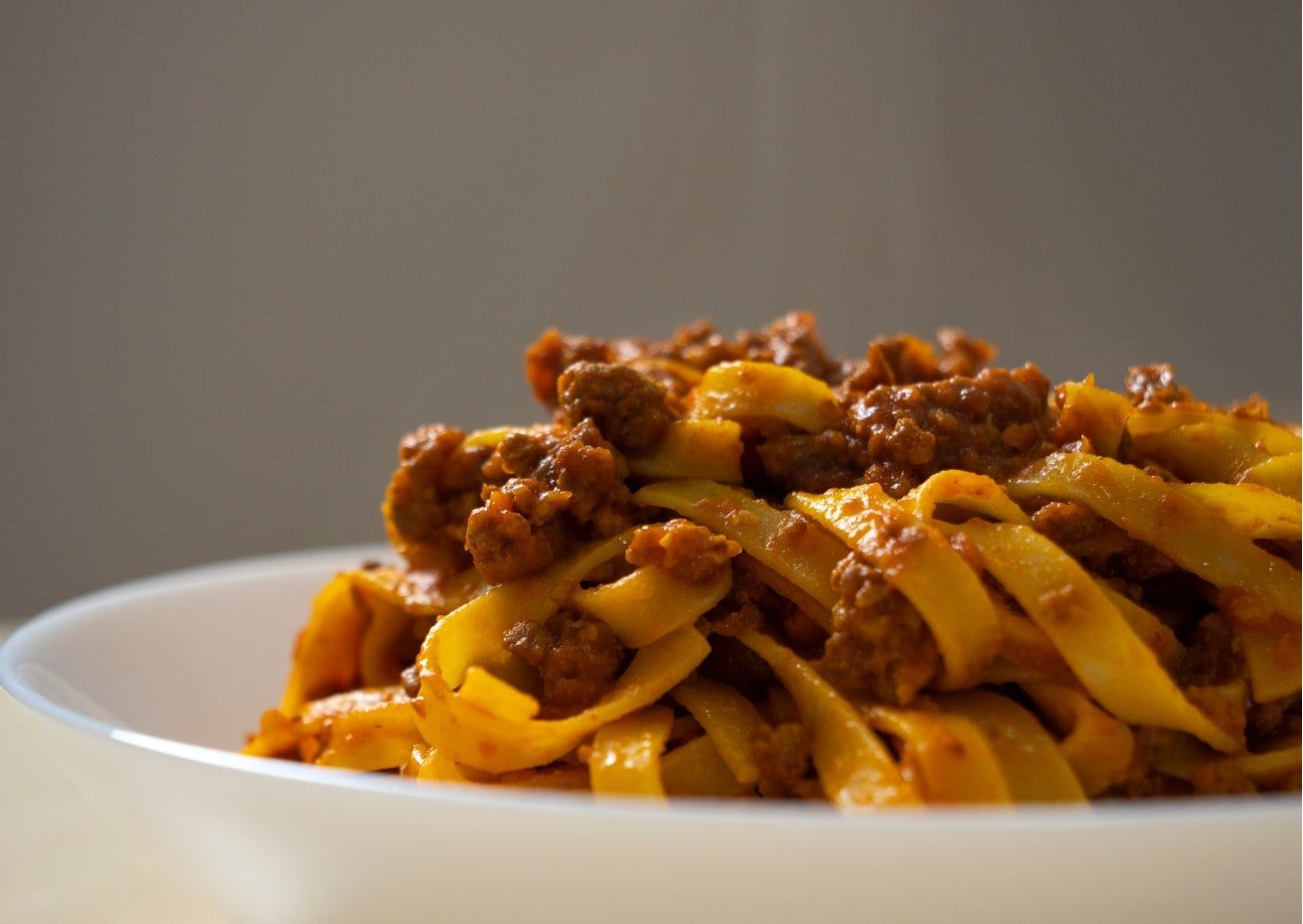
The Bolognese ragù, instead, is a sauce made with minced beef (60%) and pork (40%). Traditionally, the “cartella,” cut which is the connective tissue supporting the diaphragm muscle, used in addition to or instead of collagen-rich cuts like shoulder, belly, or brisket. Also, pork loin or capocollo, flat or rolled pancetta was used instead of the fresh cut. In authentic Bolognese ragù, veal pulp, smoked bacon, pork only, garlic, rosemary, parsley, other herbs or spices, brandy instead of wine, and flour for thickening are strictly not allowed.
Beyond Naples and Bologna, over time, each Italian region developed its culinary traditions related to this dish, and with new dietary needs, new recipes emerged. Here are 15 of the most well-known.
Discovering the various ragù recipes of Italy
Duck Ragù
In Veneto, the vegetables forming the soffritto base (carrot, celery, onion) are gently wilted in butter. Then, duck meat and aromatics such as cloves and cinnamon are added, simmering slowly sans tomatoes. Traditionally, this ragù dresses “bigoli al torchio” (extruded noodles), offering a flavourful alternative to the classic anchovy sauce.
White Ragù, also known as “da cortile” (backyard-style)
A preparation that’s widespread in many Italian regions. The white meats, in the absence of tomato sauce are cooked and deglazed with white wine, these can be chicken, rabbit, hare, lamb, or pork (or a mix), dressing a variety of pasta shapes.
Puglia-style Braciole Ragù
At the base of this sauce are “braciole,” which are rolls of veal or horse meat stuffed with lard, garlic, parsley, pecorino cheese, and a hint of chili pepper. The ragù cooks slowly in a earthenware pot, with concentrated tomato puree. At the end of cooking, the braciole are separated and served as a main dish, while the sauce dresses cavatelli, orecchiette, or strascinati made from durum wheat semolina flour.
Venison Ragù
This game dish is a classic in the alpine areas of Lombardy and Trentino. In the sauce that dresses the pasta, essential ingredients include juniper berries, bay leaves, cloves, rosemary, and black pepper.
Castrated Lamb Ragù
With its bold flavour, this is the typical slow-cooked lamb ragù from Abruzzo, which pairs with traditional pastas of the region, such as “spaghetti alla chitarra.”
Roebuck Ragù
In Friuli, “blecs,” a type of roughly cut pasta, are served with roebuck ragù. Aromatic herbs like rosemary, marjoram, thyme, and juniper berries impart extra flavour to the sauce due to a lengthy brine.
Wild Boar Ragù
Widely popular in Tuscany and other Apennine regions, it uses minced or chunked wild boar meat, sautéed with red wine, sage, and a hint of dark chocolate. Its unique and robust flavour combines the taste of pork with the more pungent wild game, ideally paired with classic pappardelle.
Offal Ragù
This Piemonte dish, which was a passion of Cavour, is also called “comodino,” from the local dialect expression “cumudà,” meaning well accommodated, seasoned. Along with chicken giblets and livers, beef pulp is also added to the sauce. It pairs perfectly with regional “tajarin” noodles made with 40 egg yolks. In autumn, flakes of freshly shaved white truffle are a must.
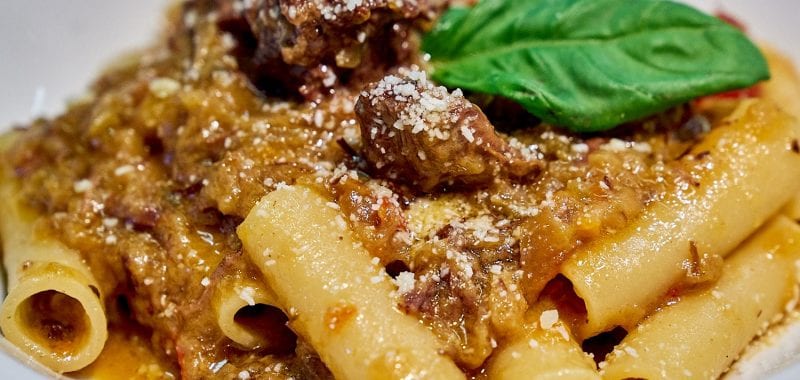
Photo from Luciano Furia
Pasta alla Genovese
Not precisely a ragù, but this historic Neapolitan dish, despite its misleading name, has all the defining elements of ragù: meat, aromatics, and a long, slow cooking process that causes the meat to fall apart and the onions to become creamy. The traditional pasta shape used for Genovese is ziti, to be broken by hand before cooking, uneven pieces and all.
Marche-style Ragù
Pork and beef pulp, along with chicken livers, are browned in lard with a piece of bone marrow, and everything is flavoured with cloves. After lengthy cooking, this hearty ragù dresses “maccheroncini di Campofilone,” which are thin egg spaghetti.
Molise-Style Ragù
In Molise, festive “lagane” (a type of flat noodle) are dressed with a mixed meat ragù: veal, lard, sausage, slices of capocollo, and pork rind flavoured with a mix of garlic and parsley.
Goose Ragù
In the Lomellina area of Lombardy, goose is a local specialty, featured in many traditional recipes, including ragù. The goose leg is marinated with aromatic herbs and then cooked in a pan with soffritto, tomatoes, and soaked with Bonarda wine from Oltrepò Pavese. Some purists also add Savoy cabbage to the sauce.
Palermo-style Ragù
Along with minced beef and pork, in Palermo, peas are added to the ragù made with tomato extract as the filling of arancini. It is also excellent for seasoning baked “timballo di anelletti” or for stuffing “ravazzate,” typical Palermo street food made of brioche pastry, a star among the savioury rosticceria baked items.
Lamb Ragù
In Sardinia, malloreddus pasta is dressed with a lamb meat ragù cooked with broth and tomato purée, flavoured with basil, and sometimes a pinch of saffron. A shower of grated pecorino cheese is the final touch.
Fish-based Ragù
Various fishes are suitable for this recipe: swordfish, for instance, or grouper, but also crab meat, red scorpionfish, crustaceans, mollusks, or a mix. It can be prepared with tomatoes or as a white sauce, and it not only dresses pasta but also pairs very well poured over white polenta (grits).

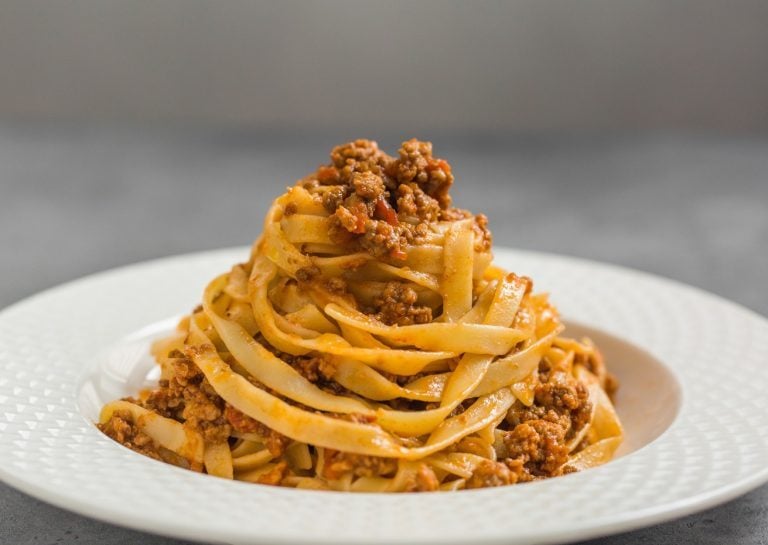
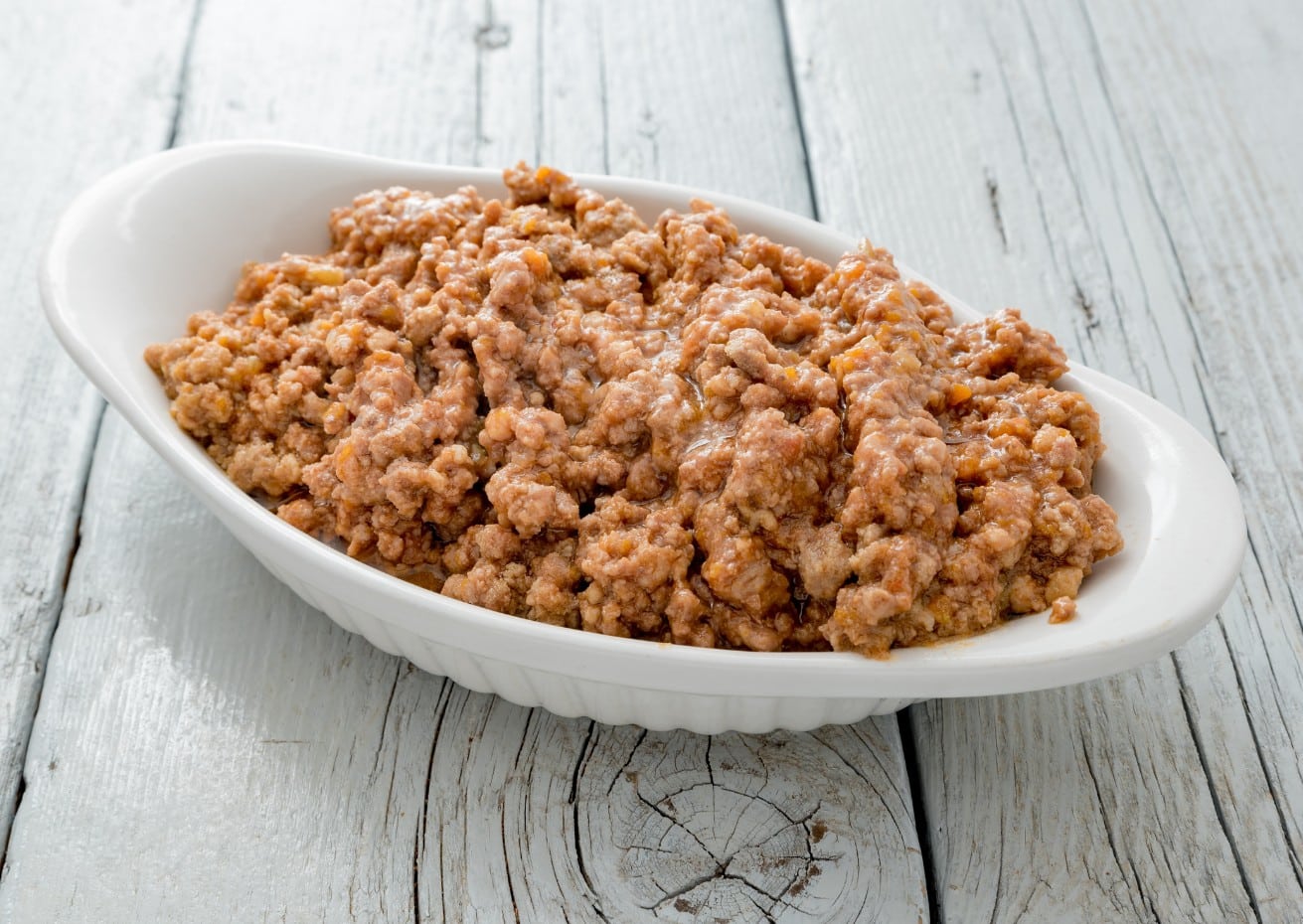
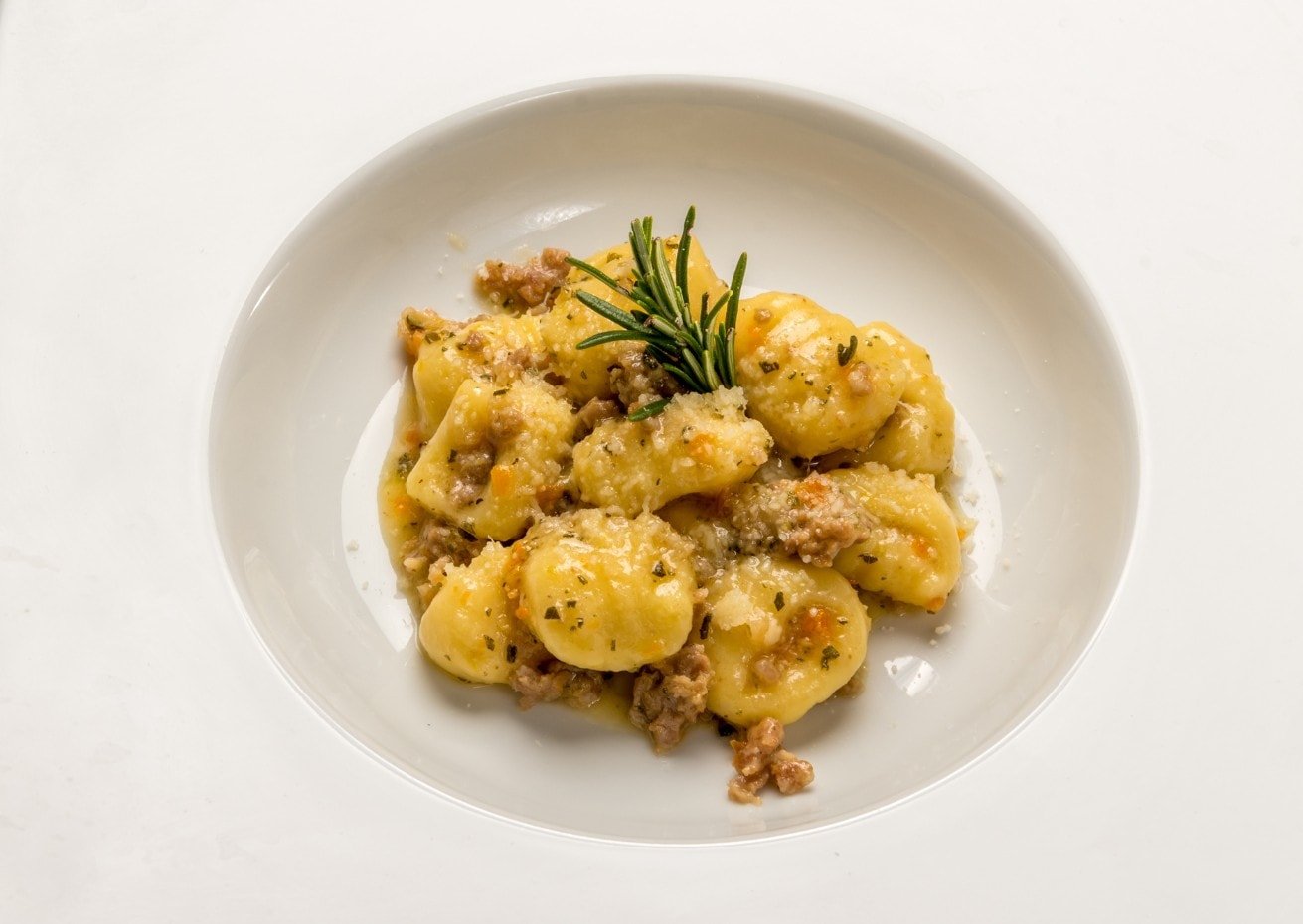
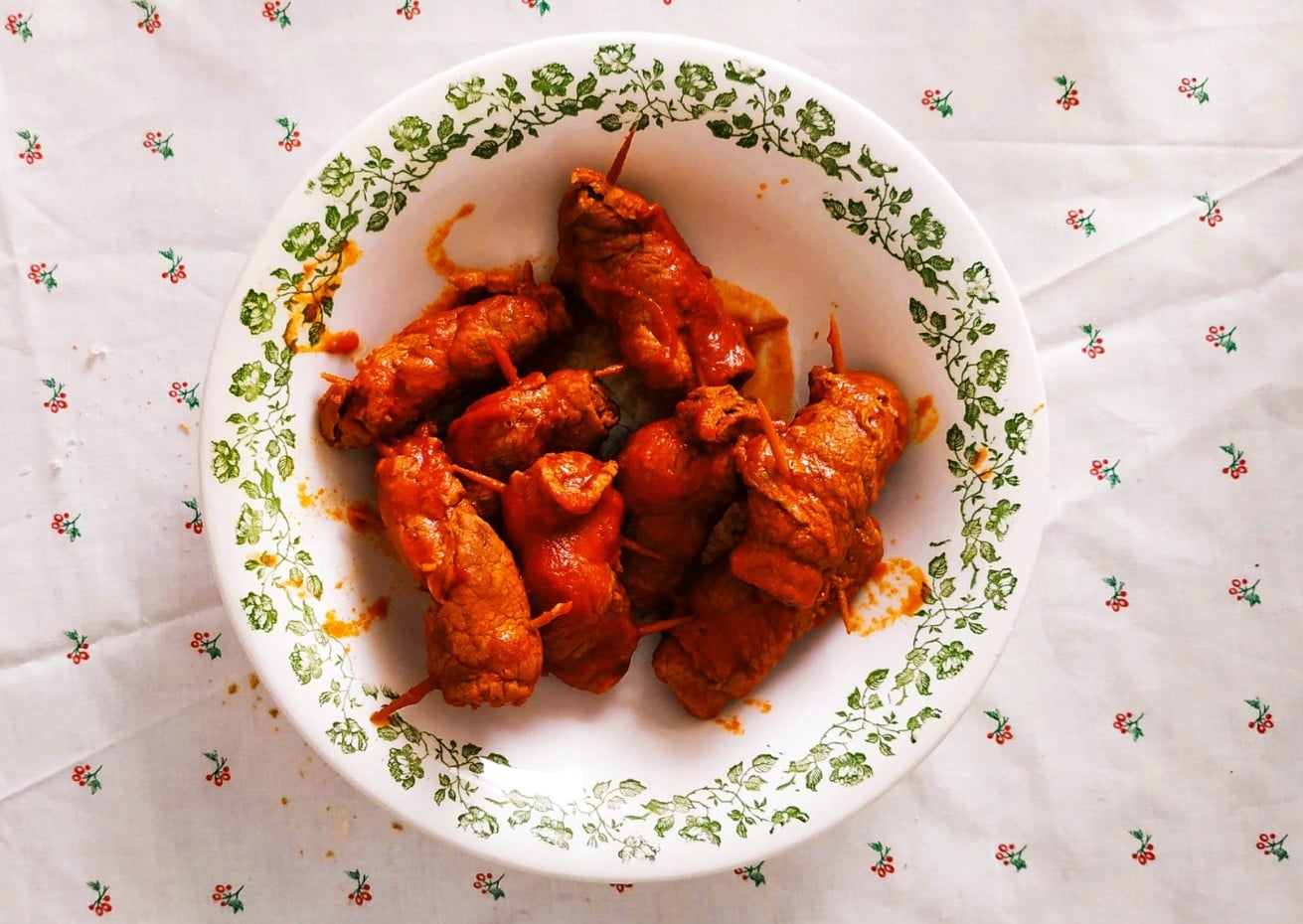
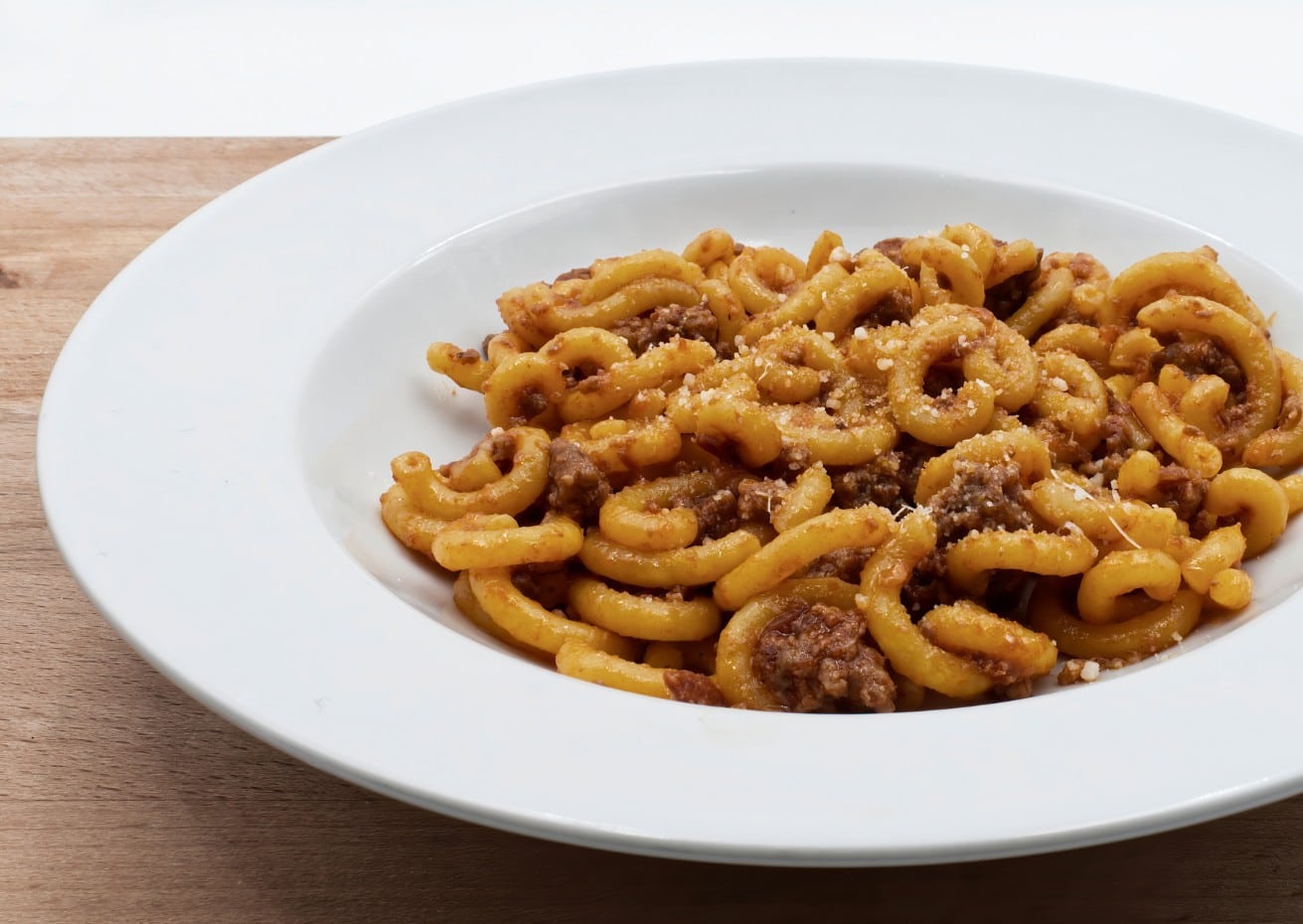
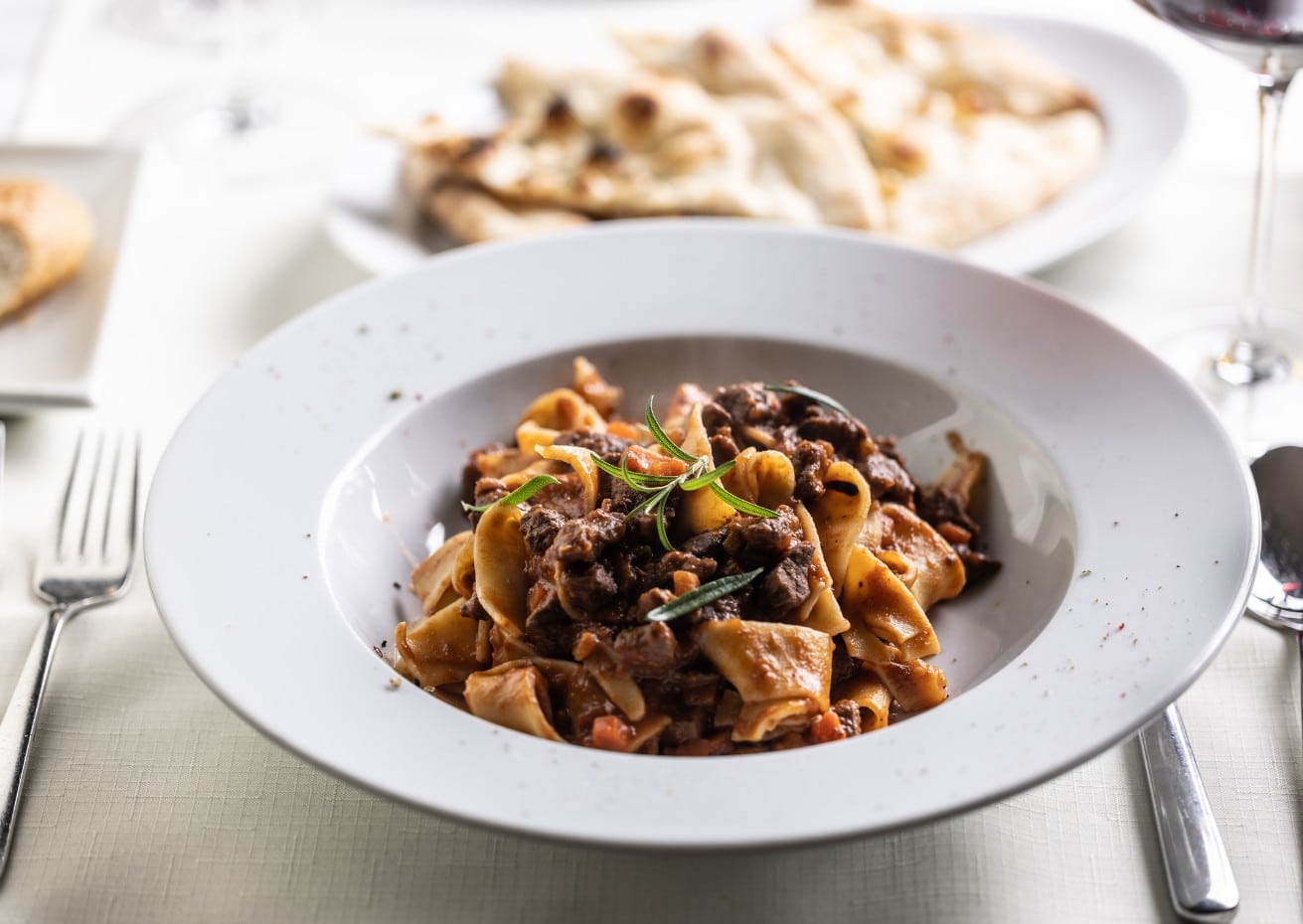
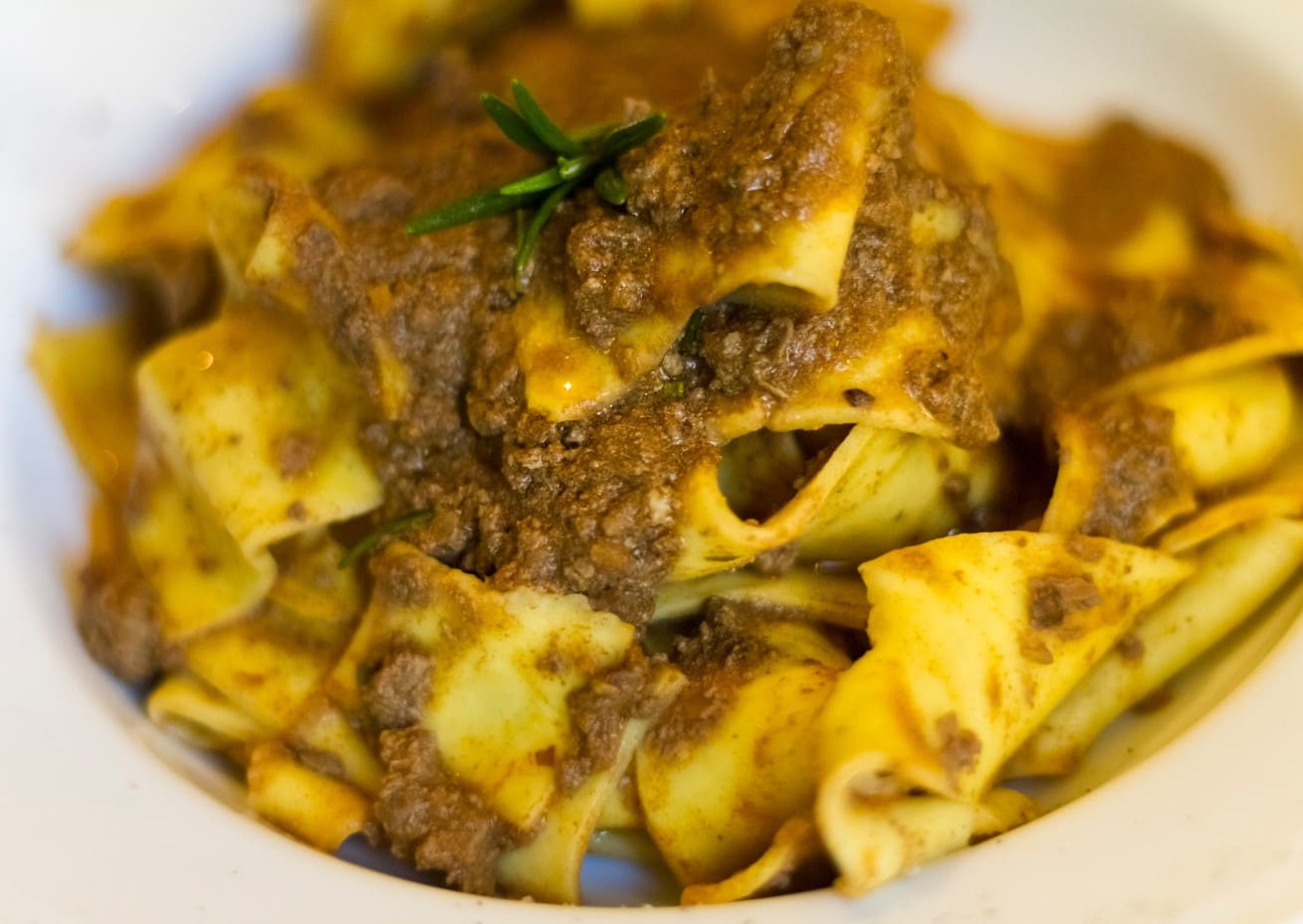
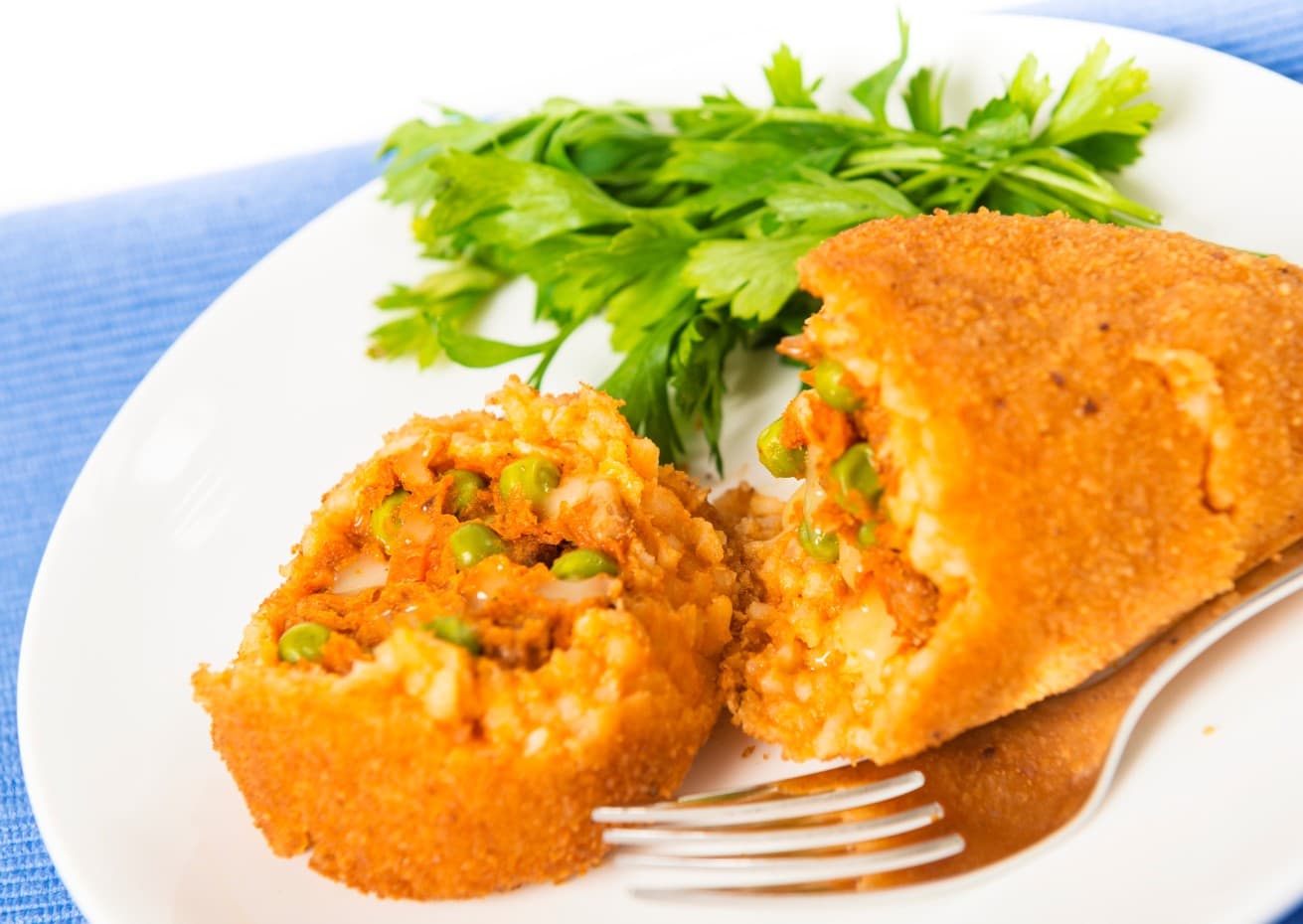
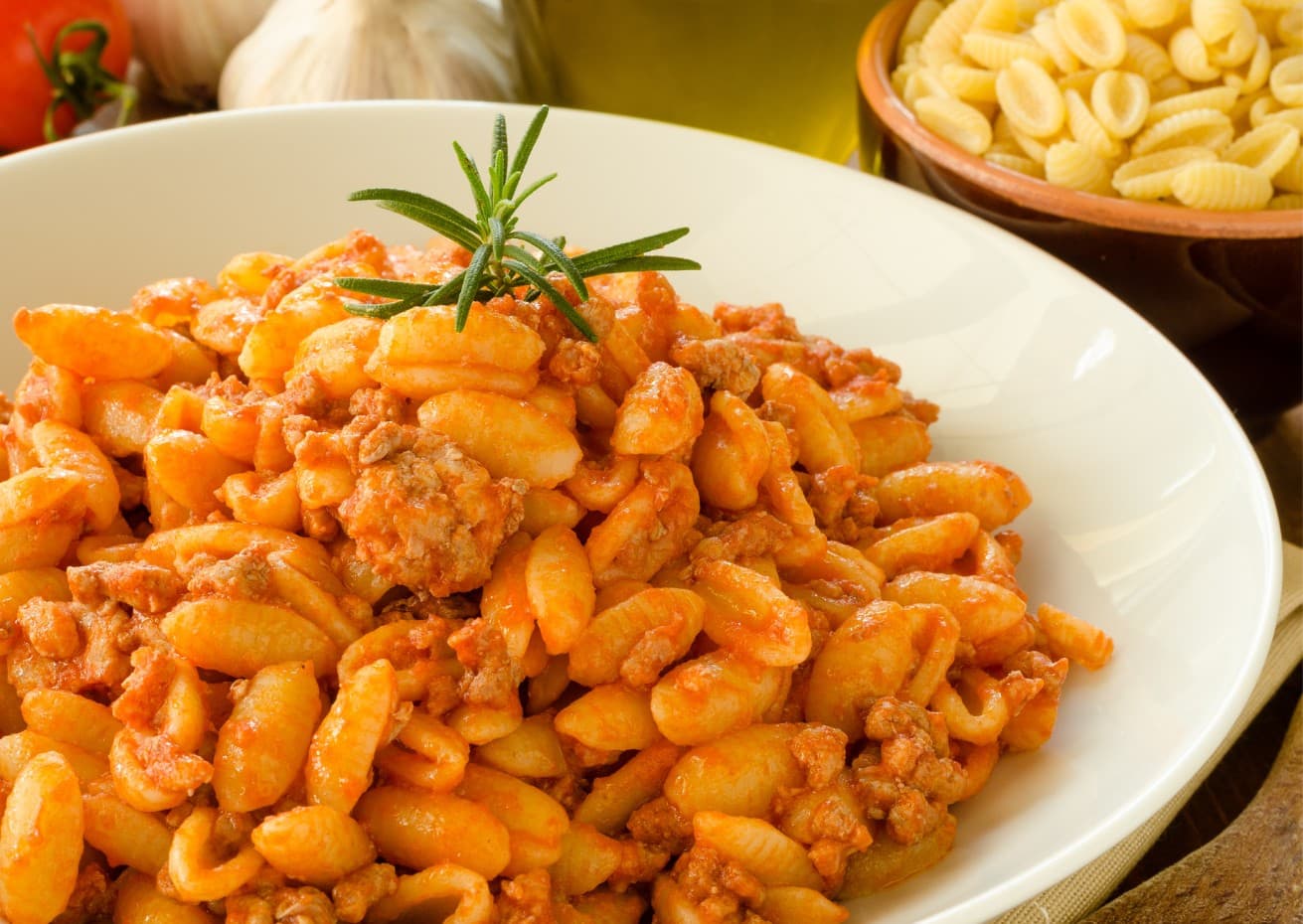
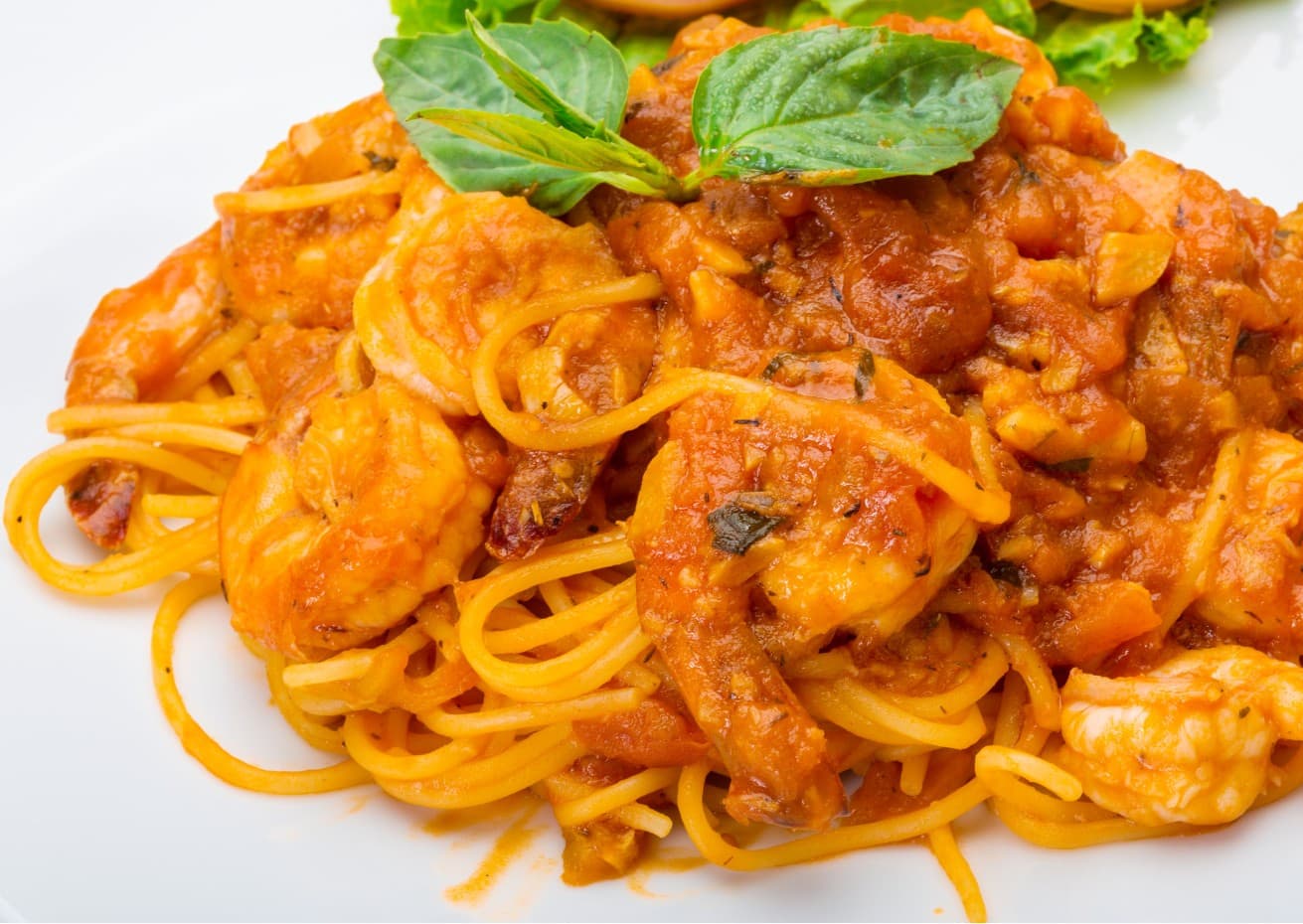
 What changes for the export of Italian wines to China under the new regulations?
What changes for the export of Italian wines to China under the new regulations? “Forget dealcoholised wines. The future is Komb(w)ine.” Moser and Ravizza present a new grape must-based product
“Forget dealcoholised wines. The future is Komb(w)ine.” Moser and Ravizza present a new grape must-based product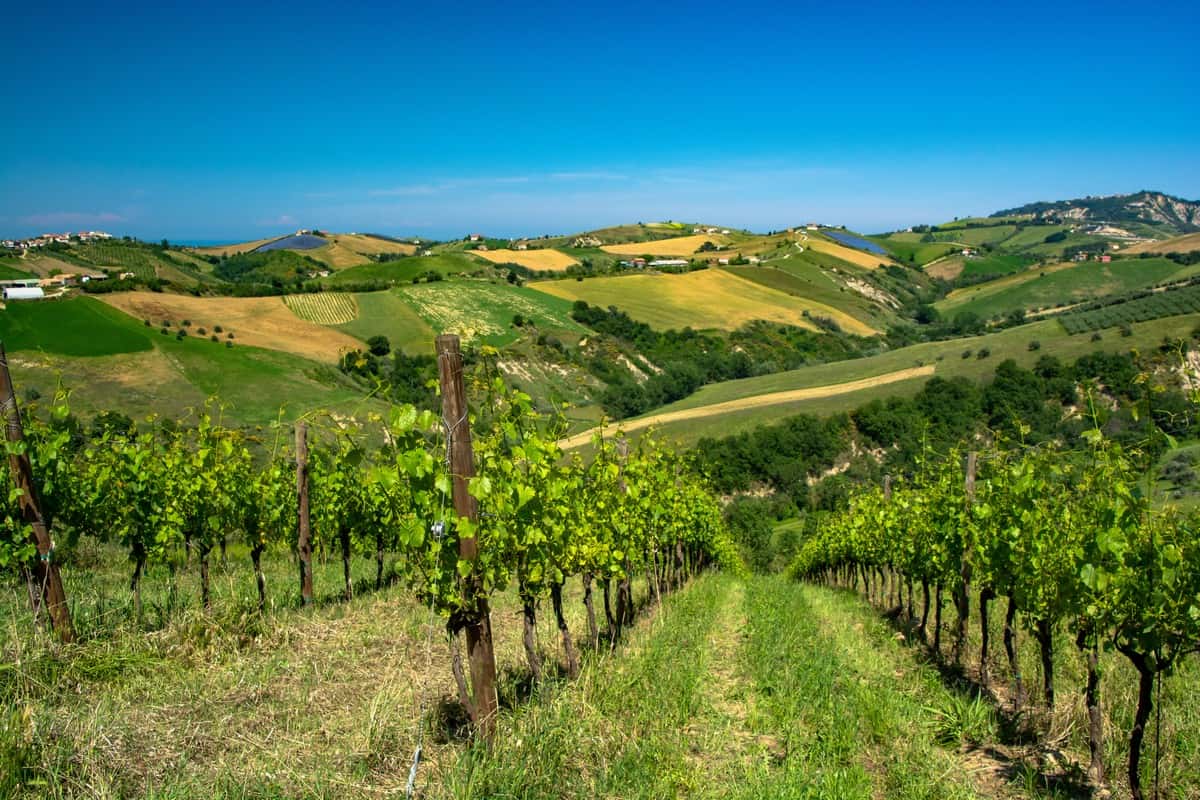 Global wine consumption at a historic low and vineyards in decline. The OIV report outlines a 2024 to forget
Global wine consumption at a historic low and vineyards in decline. The OIV report outlines a 2024 to forget Oenologist Riccardo Cotarella will also produce dealcoholised wine: "My first bottle will be out in October and it won’t be bad"
Oenologist Riccardo Cotarella will also produce dealcoholised wine: "My first bottle will be out in October and it won’t be bad"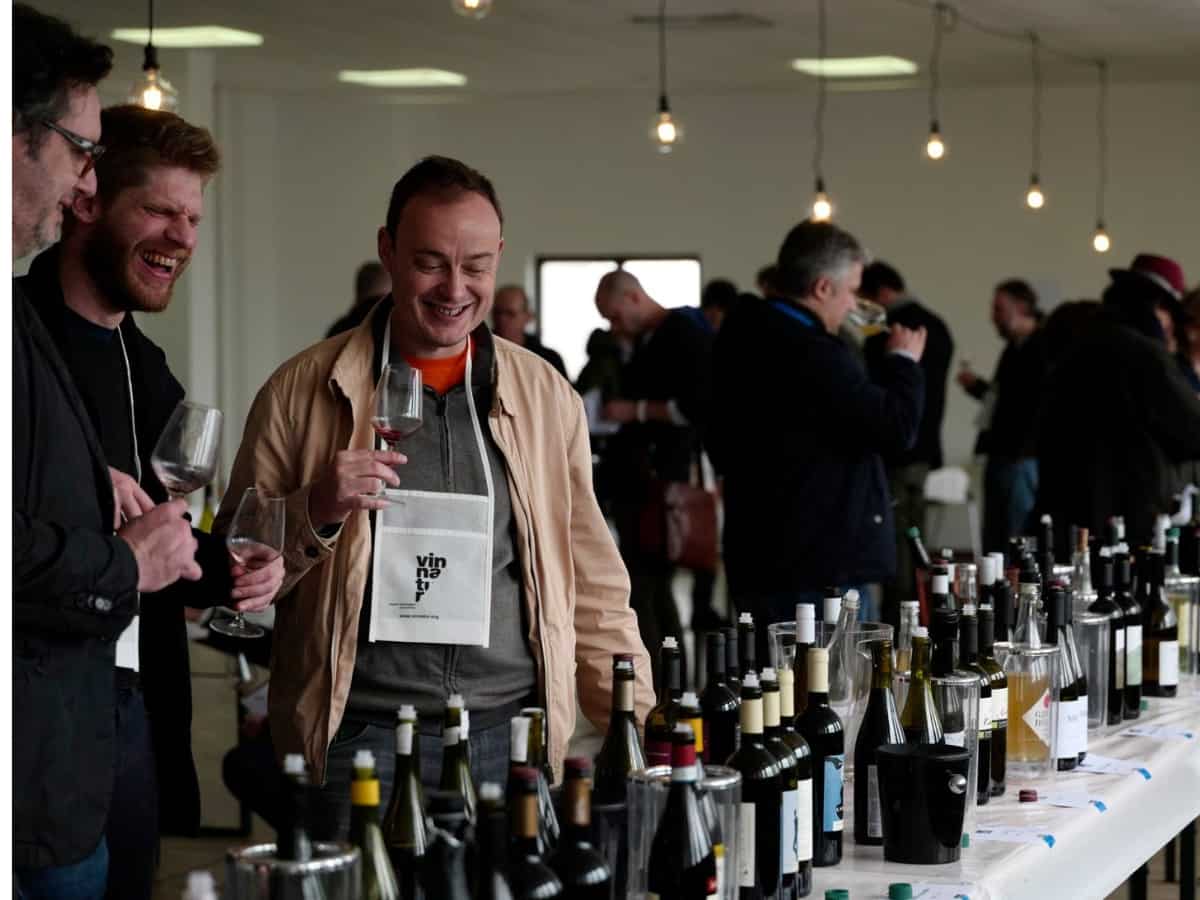 Dear natural wine world, enough with the constant polemics. If you don’t want to self-ghettoise, self-criticism is needed
Dear natural wine world, enough with the constant polemics. If you don’t want to self-ghettoise, self-criticism is needed



